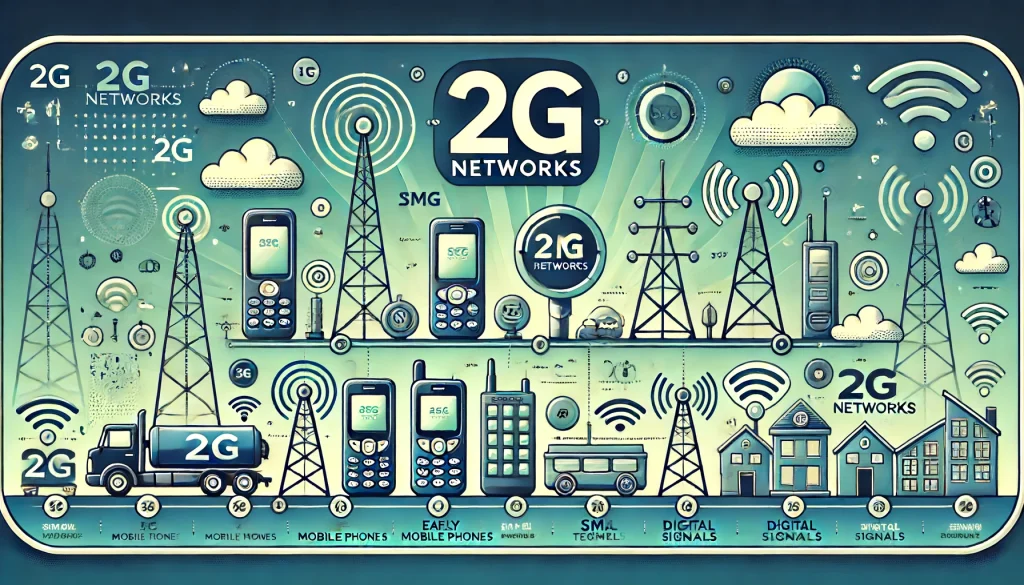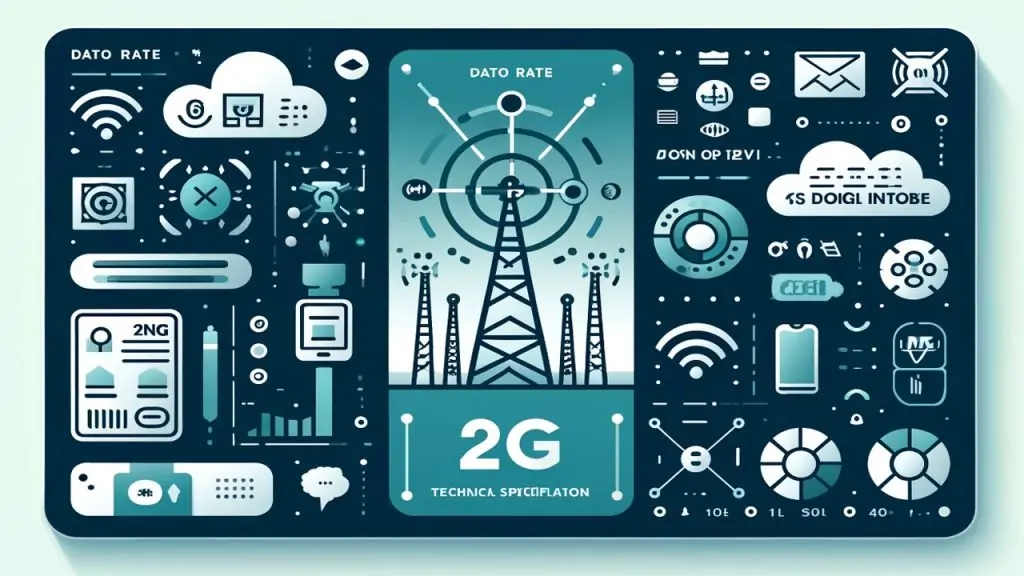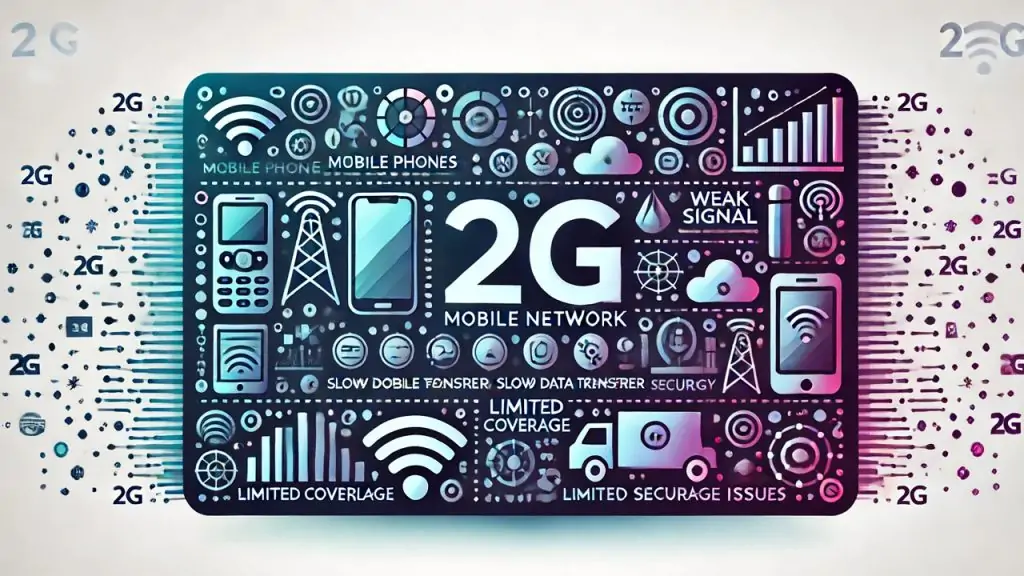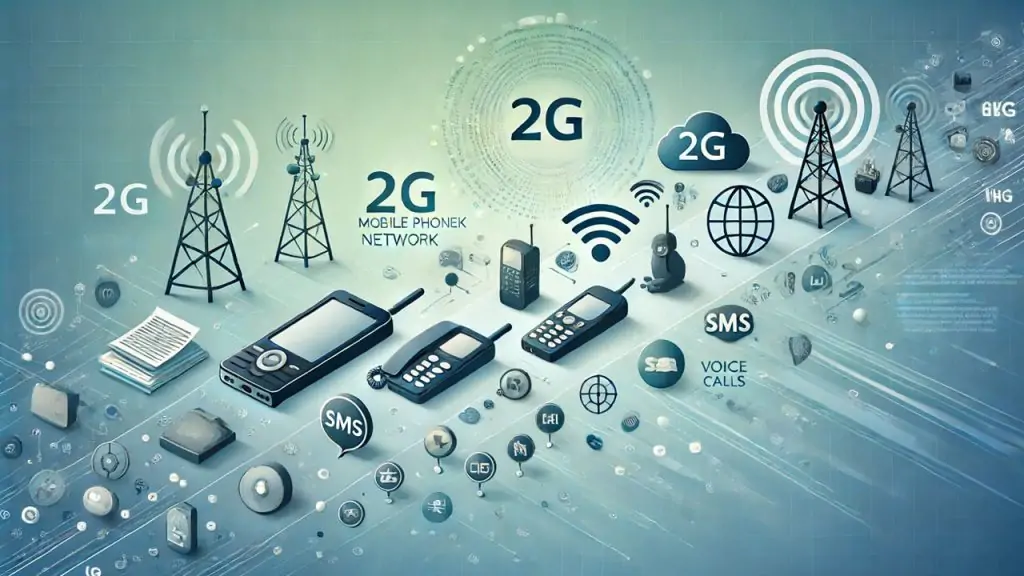In the early days of mobile technology, 2G networks marked a significant leap forward, introducing digital encryption and improving voice quality and capacity. This blog aims to provide an in-depth understanding of 2G mobile networks, exploring their history, underlying technology, and profound impact on communication. By delving into the evolution of mobile network generations, we will highlight the pivotal role 2G played in setting the stage for future advancements. The significance of 2G networks in the broader context of mobile technology is crucial for appreciating how far we have come. Join us as we unravel the journey and importance of 2G in the mobile revolution.
History of 2G Networks
Pre-2G Era
Before the advent of 2G networks, mobile communication relied on 1G networks, which were analogue and had numerous limitations. Introduced in the 1980s, 1G technology offered basic voice services but needed better voice quality, limited capacity, and a lack of security. The analogue nature of 1G made it vulnerable to eavesdropping and signal interference, presenting significant hurdles for users and providers.
Birth of 2G
The 1990s saw the birth of 2G networks, a revolutionary shift to digital technology that transformed mobile communications. It was first commercially launched in 1991 on the GSM standard by Radiolinja (now part of Elisa Oyj) in Finland. With the introduction of 2G, voice calls became clearer, and digital encryption enhanced security, reducing the risk of eavesdropping. Key players such as Nokia, Ericsson, and Motorola were instrumental in developing and deploying 2G networks, quickly gaining global adoption. This era marked the beginning of enhanced mobile services, including text messaging (SMS) and basic data services, setting the foundation for future mobile innovations.
Technical Specifications of 2G
Digital Technology
- Transitioned from analog to digital technology
- Improved voice quality and reduced noise
- Enhanced security through digital encryption
- Increased network capacity and efficiency
Frequency Bands and Standards
GSM (Global System for Mobile Communications)
- Widely adopted standard for 2G networks
- Operates on various frequency bands: 900 MHz, 1800 MHz, etc.
- Supports international roaming and SMS services
Other 2G Standards
CDMA (Code Division Multiple Access)
- Utilizes spread-spectrum technology
- Provides better call quality and data services
TDMA (Time Division Multiple Access)
- Divide frequency bands into time slots for multiple users
- Improved efficiency and capacity
PDC (Personal Digital Cellular)
- Used primarily in Japan
- Offers similar benefits to GSM and CDMA
Features and Capabilities
Voice Services
2G networks significantly improved voice quality compared to 1G, offering clearer and more reliable communication. This generation also introduced features like call waiting and caller ID, enhancing the user experience. The Short Message Service (SMS) revolutionized communication by allowing users to send text messages.
Data Services
With 2G, basic data services were introduced, including SMS and Multimedia Messaging Service (MMS). These services enabled the transmission of text, images, and sound, paving the way for more sophisticated data communication. However, data transmission speeds were relatively low, which limited the extent of data services that could be provided.
Impact and Benefits
- Global Adoption: Rapid global adoption and extensive coverage transformed communication, making mobile connectivity accessible to millions worldwide.
- Impact on Global Communication and Connectivity: 2G networks significantly enhanced global communication and connectivity, allowing people to stay connected across long distances easily.
- Economic and Social Impact: Played a crucial role in bridging communication gaps, particularly in remote and underserved areas, improving access to information and services.
- Influence on Businesses and Economies: Facilitated the growth of mobile-related businesses and industries, boosting economic activity and creating new job opportunities.
- Enhanced Social Interactions: Enabled more frequent and reliable communication, strengthening social bonds and fostering a more connected global community.
Challenges and Limitations
Technical Challenges
2G networks faced limitations in data transmission speeds, restricting the types of data services offered. Network capacity and coverage issues posed significant challenges, especially in densely populated and remote locations.
Security Concerns
While 2G networks introduced basic security features like digital encryption, they still had vulnerabilities and risks. These security concerns included the potential for record and other unauthorized access, highlighting the need for more robust security measures in future mobile network generations.
The Transition of 2G
Need for Advancement
As mobile technology continued to evolve, the limitations of 2G, particularly in terms of data transmission speeds and network capacity, became more apparent. These constraints drove the development of 3G networks, which offered significant improvements in speed, capacity, and capabilities.
Improvements and Advancements Brought by 3G Technology
3G technology introduced higher data transmission speeds, enabling more advanced services such as video calling, mobile internet access, and multimedia messaging. These advancements addressed the limitations of 2G and paved the way for a new era of mobile communication.
Legacy and Continued Use
Despite the advancements of newer generations, 2G networks are still in use in certain regions and applications. In some areas, 2G remains a reliable, cost-effective solution for basic voice and text services. Moreover, 2G plays a role in the current mobile network landscape by supporting low-power IoT devices and providing fallback coverage where newer networks are unavailable.
Conclusion
2G networks marked a pivotal moment in mobile communication history by transitioning from analogue to digital technology, significantly improving voice quality and introducing text messaging. Despite their limitations in data transmission speeds and network capacity, 2G networks rapidly gained global adoption and profoundly impacted communication and connectivity. While newer generations like 3G and beyond have brought advanced capabilities, 2G remains relevant in certain regions and applications, particularly for basic services and low-power IoT devices. The legacy of 2G networks remains significant, as they laid the foundation for the mobile technology advancements we benefit from today.










